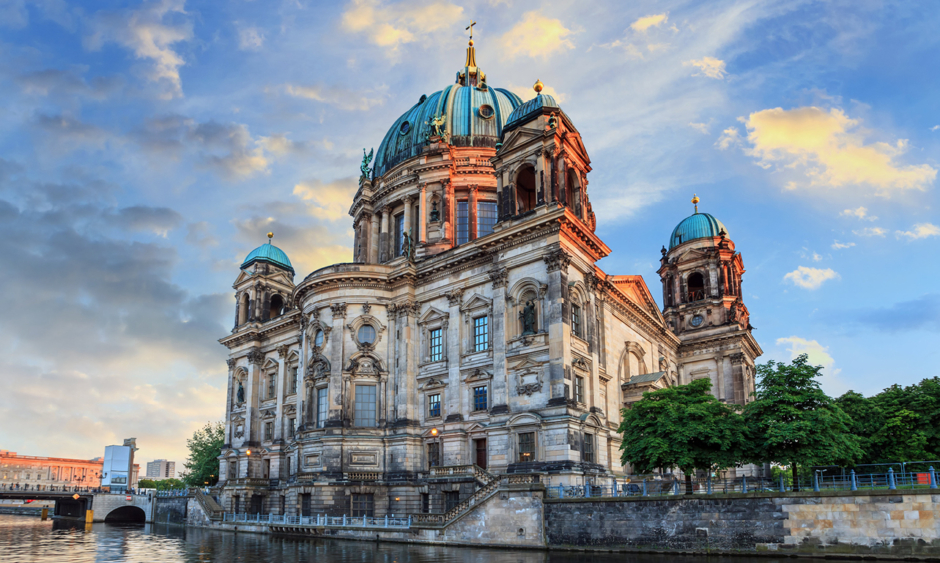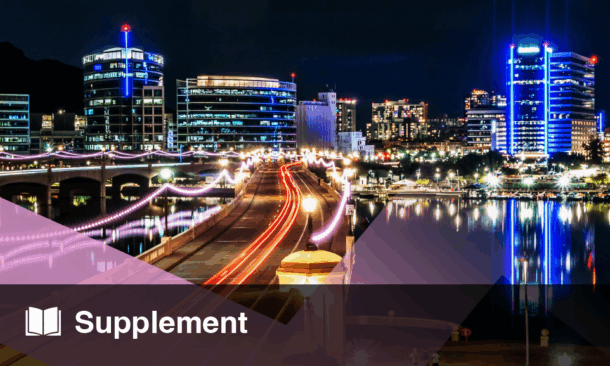OBSTRUCTIVE sleep apnoea (OSA) is a common sleep-related breathing disorder characterised by repeated episodes of upper airway obstruction during sleep, which result in intermittent hypoxia and systemic inflammation. While traditionally considered a respiratory and cardiovascular condition, growing evidence suggests OSA may also be linked to chronic inflammatory skin diseases such as psoriasis, atopic dermatitis, and impaired wound healing. Furthermore, the continuous positive airway pressure (CPAP) therapy used in OSA management has itself been implicated in skin complications due to mask use.
A comprehensive literature review examined this association, drawing on observational studies, case-control studies and systematic reviews across databases including PubMed and Scientific Reports. Following screening, eight studies were included for analysis. The results consistently indicated an association between OSA and dermatological conditions. A systematic review and meta-analysis involving over 5.8 million participants found patients with psoriasis had higher odds of developing OSA, while those with OSA also demonstrated an elevated risk of psoriasis. Similarly, a large population-based study showed patients with newly diagnosed OSA were 1.5 times more likely to develop atopic dermatitis than those without OSA. The risk was particularly pronounced in male and younger patients, suggesting age and sex may influence susceptibility.
Other studies highlighted the detrimental impact of OSA on wound healing, with delayed recovery observed in both surgical and chronic wounds. This is thought to be mediated through mechanisms including oxidative stress, endothelial dysfunction, and persistent systemic inflammation. Beyond disease associations, CPAP mask-related skin complications such as dermatitis may arise due to friction, pressure, moisture, or sensitivity to mask materials, particularly if equipment is poorly fitted.
Although direct causality between OSA and dermatological disorders remains under investigation, the accumulating evidence highlights the importance of recognising skin manifestations in OSA patients. Greater awareness of these associations may support more holistic patient management, highlighting the need for collaboration between dermatologists and sleep specialists.
Reference
Udobang EM et al. Dermatological manifestations of obstructive sleep apnoea. Abstract 3546. EADV Congress 2025, 17-20 September, 2025.







